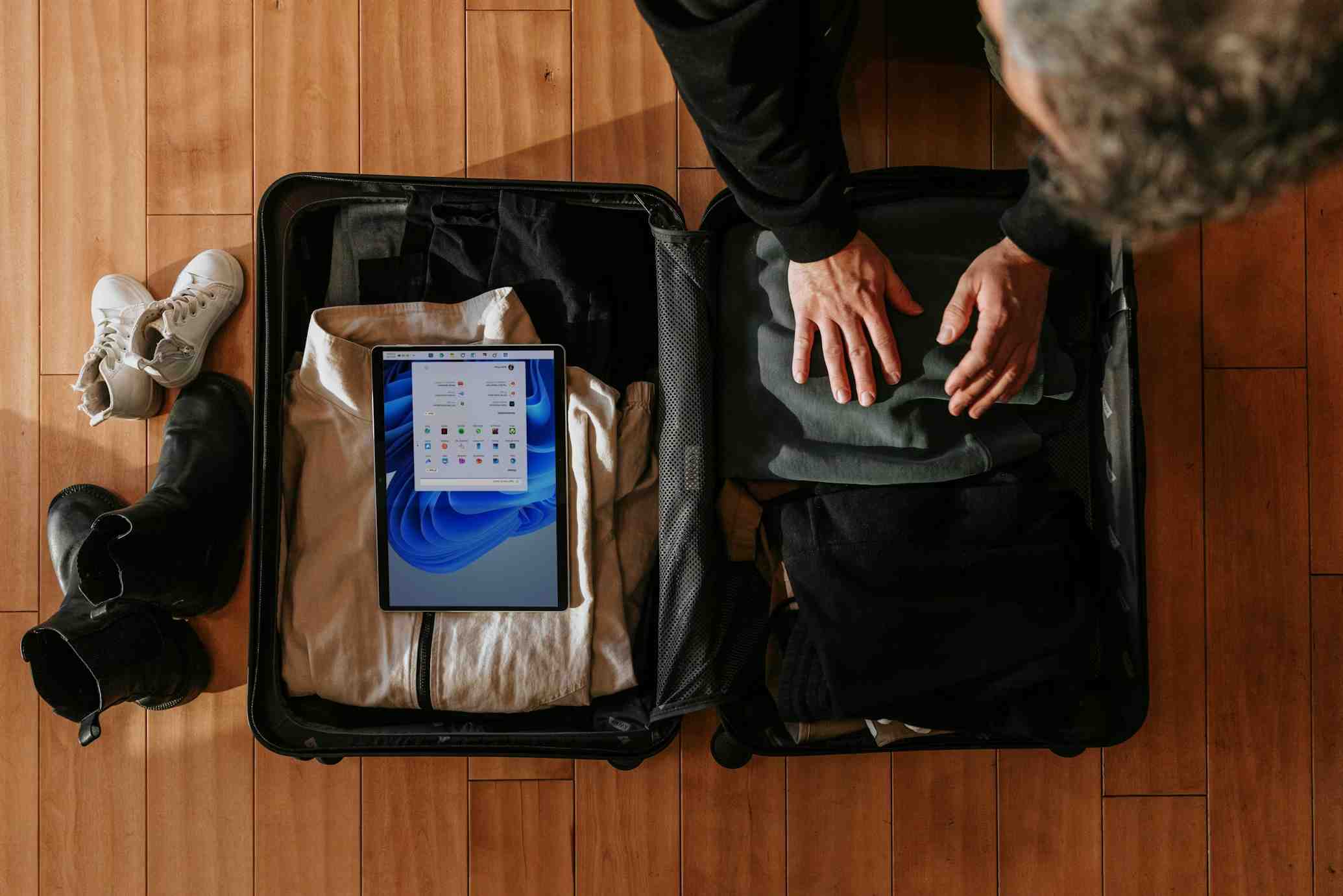A Business Traveler's Survival Guide to Dubai International (DXB)

Dubai International Airport (DXB) is not just an airport; it's a global crossroads, a 24/7 mega-hub, and for many business travelers, the gateway to the Middle East, Africa, and Asia. As the world's busiest airport for international passenger traffic, its sheer scale can be overwhelming. Navigating its vast terminals, especially during peak hours or on a tight connection, requires a strategy. For the business traveler, mastering DXB is key to ensuring a smooth, productive, and stress-free journey.
This guide provides pro tips and essential information to help you navigate DXB like a seasoned veteran, turning what could be a chaotic transit into an efficient and even comfortable experience.
Understanding the Layout: The Three Key Terminals
DXB's operations are spread across three main terminals, and knowing which one you need is the first and most critical step in your planning.
- Terminal 3 (T3): This is the exclusive and colossal hub for all Emirates and Qantas flights. It is one of the largest terminal buildings in the world, consisting of three concourses (A, B, and C). Concourse A is a dedicated A380 facility. T3 has its own dedicated station on the Dubai Metro's red line, making for easy access.
- Terminal 1 (T1): This terminal serves all other major international airlines, including carriers like British Airways, Lufthansa, and Cathay Pacific. It is also connected to the Dubai Metro. While physically separate from T3, they are connected post-security by a transit system, but it's still a significant journey.
- Terminal 2 (T2): This is the hub for Dubai's low-cost carrier, Flydubai, as well as other regional and charter airlines. It is located on the opposite side of the airfield from T1 and T3 and is not physically connected to them. If you have a connection that involves a change of airline from Emirates to Flydubai, you will need to clear immigration, collect your bags, and take a taxi or shuttle bus to T2. This can take a significant amount of time, so plan for at least 3-4 hours for such a transfer.
Pro Tips for a Seamless Experience
Before You Arrive
- Visa Check: The UAE has liberal visa policies for many nationalities, often granting a visa on arrival. However, always double-check the specific requirements for your passport on the official government website before you travel. A trip to the Middle East requires careful planning.
- Use the Smart Gates: If you are a resident of the UAE or a citizen of a visa-waiver country, pre-register for the Smart Gates. This allows you to clear immigration in seconds using biometric recognition (face or iris scan), bypassing the often-long queues at the passport control desks. This is a huge time-saver.
Navigating the Airport
- Lounge Access is a Must: DXB is a 24/7 airport, and it's almost always busy. A lounge provides a vital oasis of calm, with reliable Wi-Fi, food, showers, and quiet workspaces. The Emirates Business Class and First Class lounges in Terminal 3 are legendary for their size and luxury. For other travelers, there are many excellent pay-per-use lounges (like the Marhaba lounges) and lounges accessible via credit card programs like Priority Pass. On a long layover, this is the best investment you can make in your productivity and well-being.
- Stay Connected: The airport offers free, high-speed Wi-Fi that is generally reliable. For seamless connectivity upon landing, you can easily purchase a local tourist SIM card from providers like du or Etisalat in the arrivals hall. This is highly recommended if you need to be reachable and online as soon as you leave the airport.
- Plan Your Connections Carefully: The walk between gates, especially within Terminal 3, can be very long. Concourse A and Concourse B are connected by an underground train. Pay close attention to the signage and allow at least 20-30 minutes to get from one gate to another within the terminal. As mentioned, transferring between T1/T3 and T2 is a major undertaking.
Getting into the City
- Use the Dubai Metro: The Dubai Metro is a clean, efficient, and cost-effective way to get from Terminal 1 or 3 into the city's main business districts, such as the World Trade Centre, Downtown Dubai (near the Burj Khalifa), and the Dubai Marina. The trains are modern and air-conditioned. Note that the metro stops running around midnight, so it's not an option for late-night arrivals.
- Taxis and Ride-Sharing: Taxis are plentiful, well-regulated, and cream-colored. You can follow the signs to the official taxi rank. Ride-sharing services like Uber and the local equivalent, Careem, are also excellent options and can be booked via their respective apps.
With its vast scale and constant stream of travelers, DXB can be a challenge. But with a little preparation and by taking advantage of its modern infrastructure and services, you can navigate it efficiently. Using a modern travel management platform can also help by centralizing all your trip information and providing access to 24/7 support in case of any disruptions.